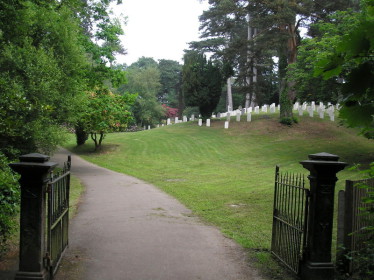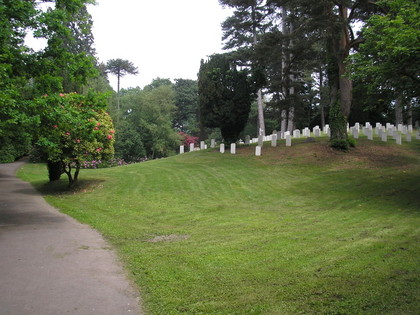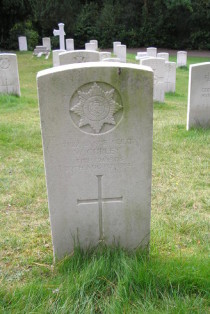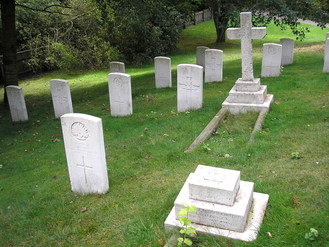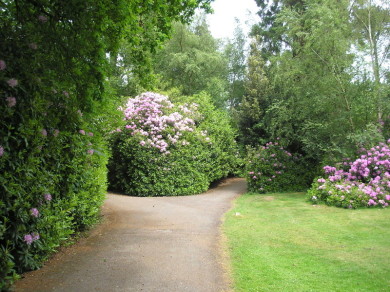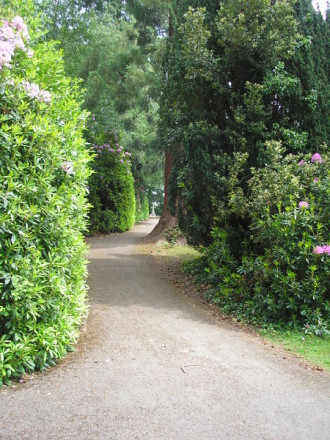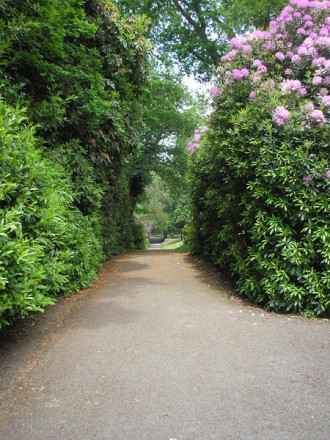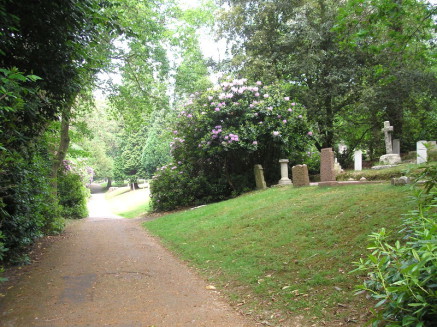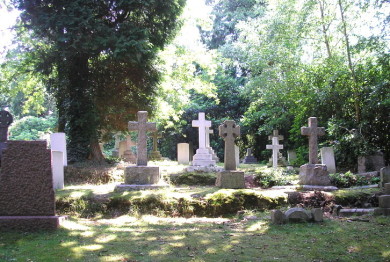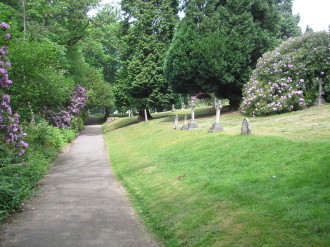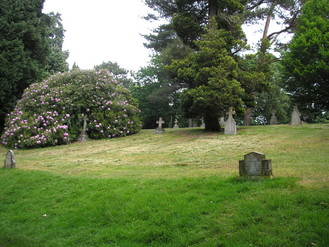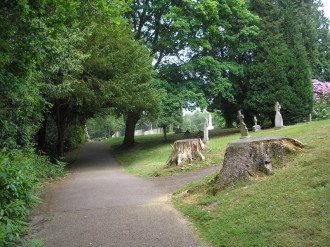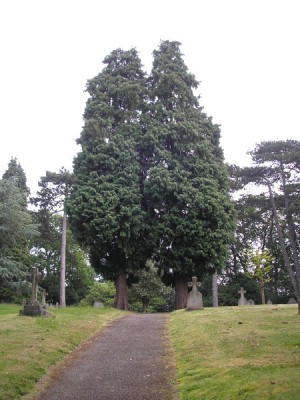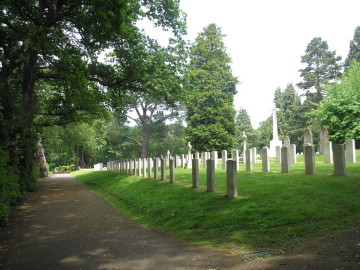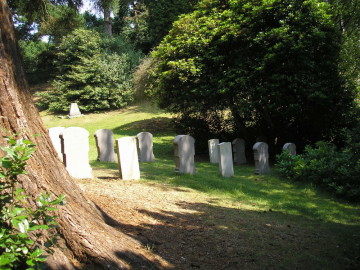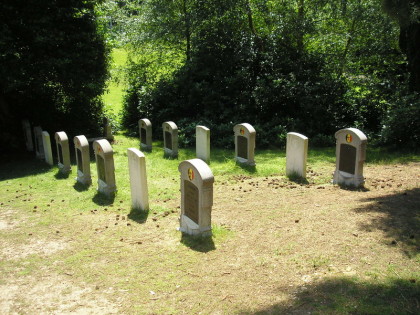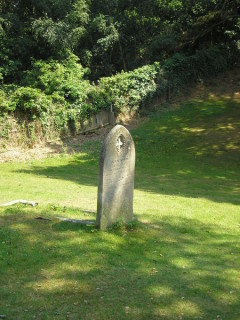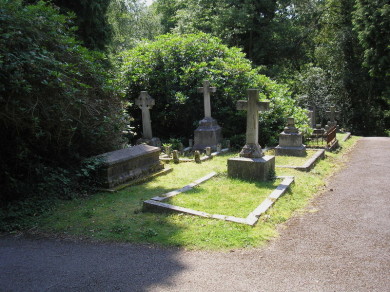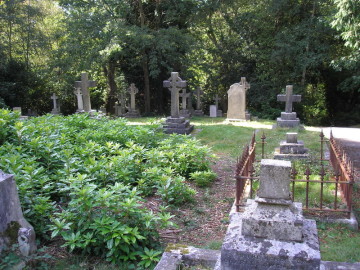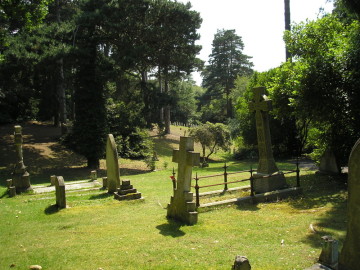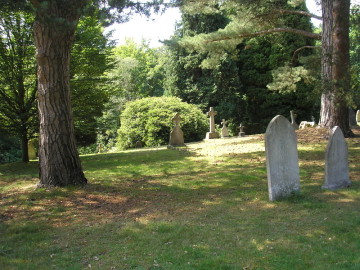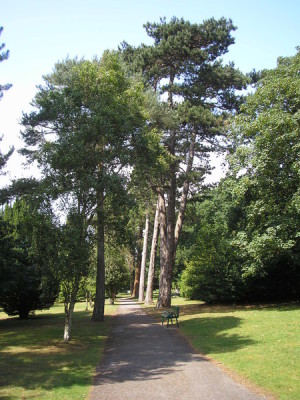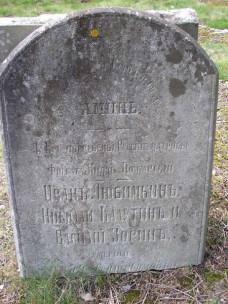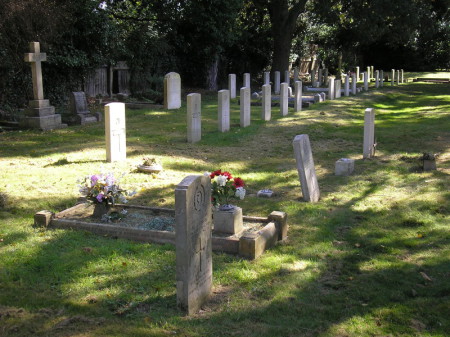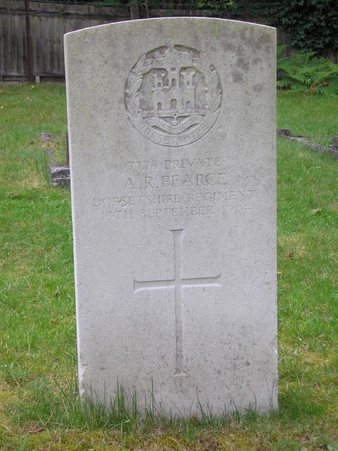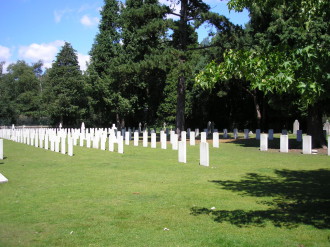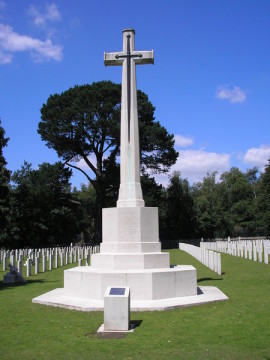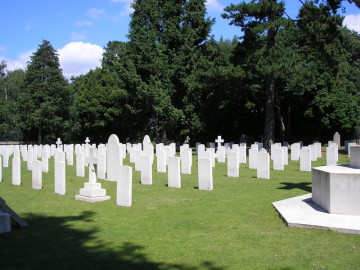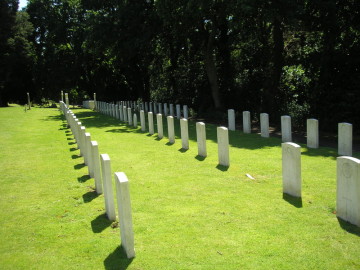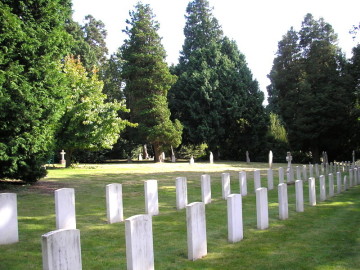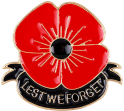
Colleen Harley says: The war cemetery is such a calm place for a visit. I saw one of the soldiers during a visit, leaning on the gate post. I was a bit spooked at first but he saluted and then faded.
This is a very special place and you are never alone here.
First of all I should say that the paths in the cemetery are suitable for pushchairs and wheelchairs but there are a few steep ones depending on which way you choose to go. Also, the grass can be muddy especially by the main gates on the right hand side as you go in. The graves on the hillside are hard to get to if you are unsteady on your feet.
Starting at the gates, on the left hand side is woodland and on the right hand side is a hill which has the Roman Catholic burials, mostly Commonwealth War Graves, but there are a few other ones, notably Count Wollowicz who was an assistant surgeon at the hospital. He died at the age of 32 after a long illness. He requested that his heart be sent back to Poland after his death. There is more to read if you look him up on the Burials from 1864 tab.
On the left side of the path there is a Russian grave which I have been trying to find out more about and at last I have found out who is buried here thanks to my son Paul and his Russian friend Max Khitrin who very kindly translated the headstone. He says:
It's even written in language that was used before revolution in 1917. It says:
First arc line is words from the Bible, don't know how it's right translated into English. Something like "in the name of the Father and the Son, and the Holy Spirit"
The big word means "Amen"
Then it says that there buried Russian sailors from the frigate "Kniaz (like king or mostly like prince in English) Pozharsky". http://en.wikipedia.org/wiki/Russian_ironclad_Kniaz_Pozharsky
Then there there are their names: Иван Любимкин (Ivan Lubimkin), Николай Калутин (Nikolay Kalutin) and Василий Зорин (Vasili Zorin).
They died in 2,8 and 9 of September, 1873.
I am very happy to have the correct information. Thank you Max.
They quietly watch, as you go by
And think, as you are now, so once was I.
They stay, you leave, and can return,
It's that which makes them sadly yearn,
Tread softly then and creep away.
Written by Lieut. Col. Dennis Hampton Jeffery
********************************************************************
The Cross of Sacrifice was designed by Sir Reginald Blomfield for the Imperial War Graves Commission (now Commonwealth War Graves Commission) and is usually present in Commonwealth war cemeteries containing 40 or more graves. It is normally a freestanding four point limestone Latin cross in one of three sizes ranging in height from 18 to 32 feet. On the face of the cross is a bronze broadsword, blade down. It is usually mounted on an octagonal base. The Cross represents the faith of the majority of the dead and the sword represents the military character of the cemetery.
from wikipedia
********************************************************************
